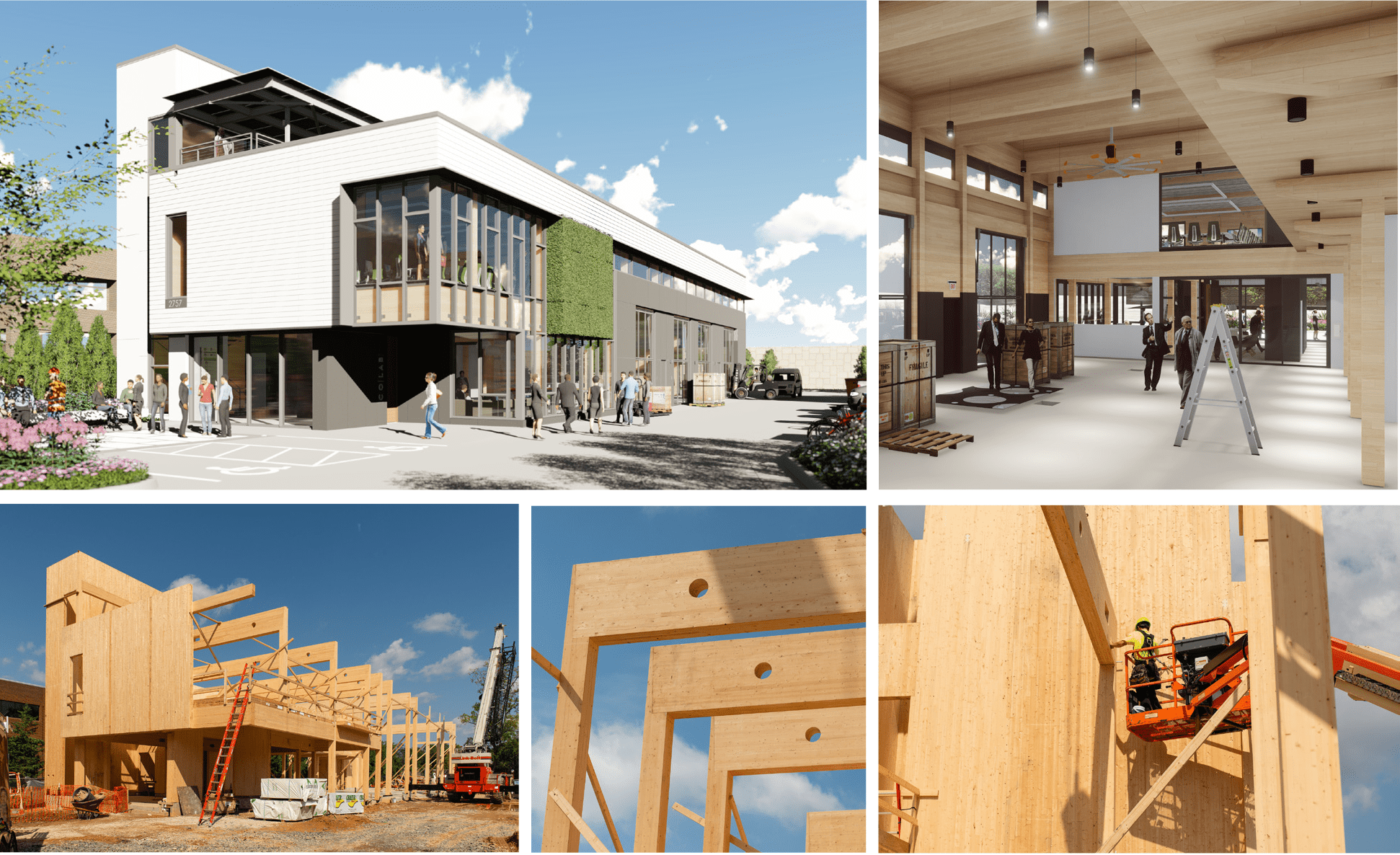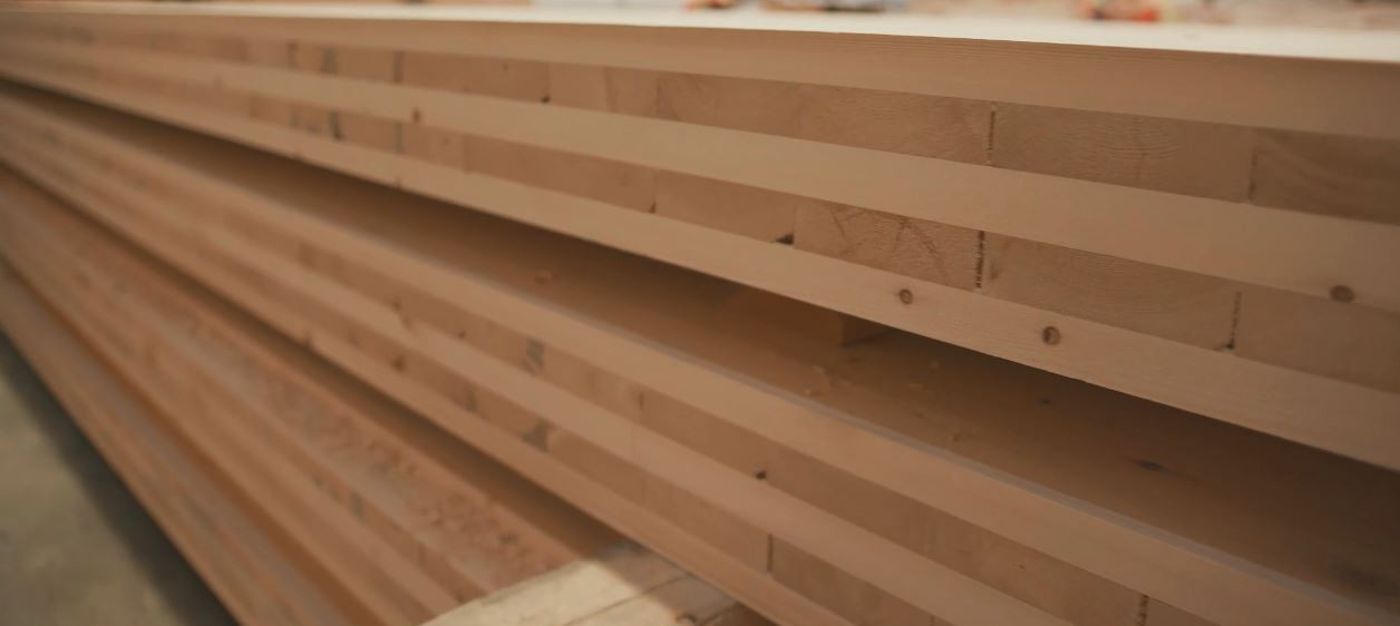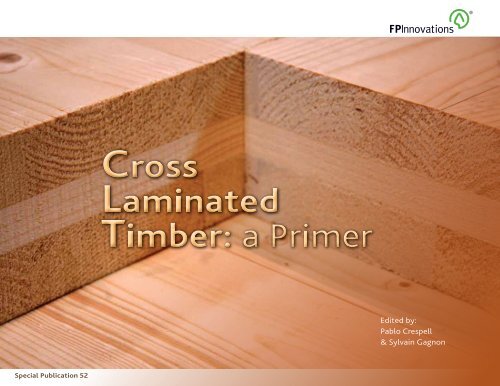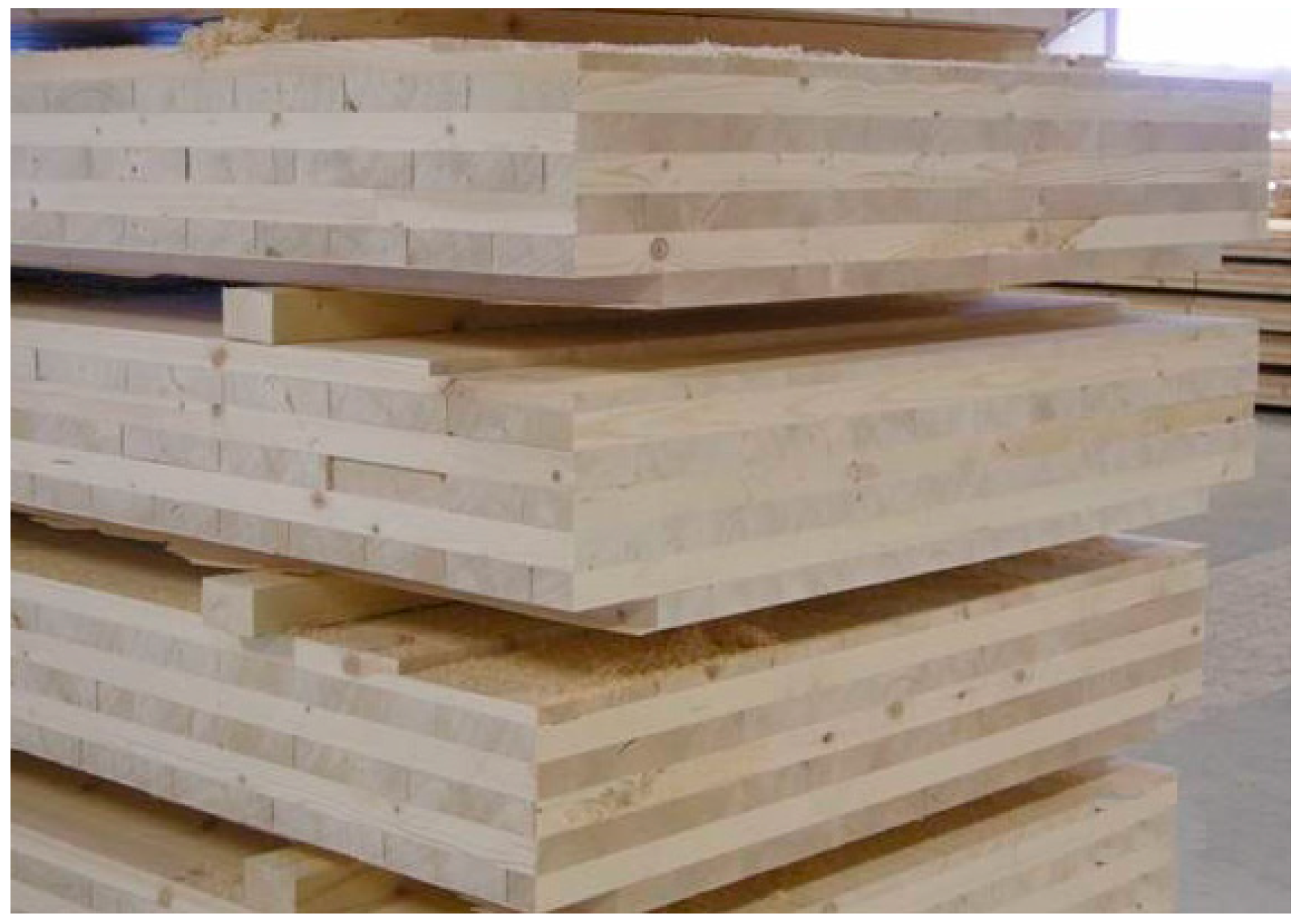Pros And Cons Of Cross Laminated Timber

It is essentially mass timber plates made from smaller framing lumber laminated crosswise on their wide faces.
Pros and cons of cross laminated timber. North american clt is typically laid up as three five seven and nine layer panels of 2x6 lumber finger. Cross laminated timber clt is an innovative engineered timber building material and modern method of construction. The 49m high treet apartment block in bergen norway was completed in 2015 and is one of the tallest clt. May have cracks observed shrinkage and many other negative factors.
Cross laminated timber is manufactured using softwood from sustainably managed forests. Cross laminated timber clt was initially developed in europe as an alternative to stone masonry and concrete construction. Widely used in europe cross laminated timber clt is one of the newest and hottest topics and materials in american construction today. The use of timber in buildings can have its advantages such as smaller carbon footprint and eco aesthetic.
In comparison with other solid construction methods the manufacture and processing of cross laminated timber elements requires less energy and assists in permanent co2 storage and minimising the greenhouse effect. Manufactured off site clt provides programme savings cost savings and is a renewable construction material with one of the lowest energy consumptions of any building material across its lifecycle. It s strong lightweight sustainable and working with it affords builders many great applications. Wood is a material of high tech but despite this it has its disadvantages that can occur at any time.
Words by tony whitehead. Each of the materials individually in their own way.



















